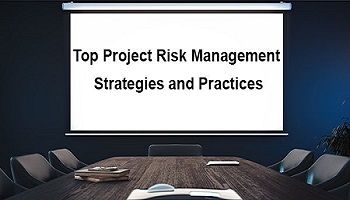Authentic and Vulnerable Leadership: Ways to Put it into Practice Today
“Authentic”, “vulnerable”, “empathic”, “emotionally intelligent”… these are positive attributes often sought in leaders and cited as essential elements of effective leadership in the contemporary work environment. But how deeply are these concepts really understood, and how can they genuinely be expressed day-to-day?
But first… What does authentic and vulnerable leadership really mean?
To answer that question, we must first define What is a leader? A leader can be defined as anyone who takes responsibility for finding the potential in people and processes and who has the courage to develop that potential. Leadership is not necessarily based on a position you hold or authority you are given. It’s not something you are, it’s something you do and should be seen as a shared relationship between yourself and those you lead.
To become vulnerable and authentic as a leader, you must understand what armor you wear, and disarm yourself. ‘Armor’ can look like many different things such as being withdrawn/withholding information, seeking to please and appease or trying to gain power over others using tactics such as shame. None of these approaches will have positive outcomes on the wellbeing of your team or activities, so it’s essential that you understand any such biases, assumptions and behaviors that may be limiting your effectiveness as a leader.
You may also need to shift your understanding of vulnerability. Which is not, as it may commonly be thought of as, a weakness. It is showing up with an open heart and mind so that you can act in the best interests of your team and the work at hand.
Putting it into practice: Ways to communicate with vulnerability and integrity
Leadership is never put to the test more than when challenges arise among projects or teams and difficult conversations must be had. Rather than negative challenges, however, you can see these as ideal opportunities to practice your authenticity and vulnerability as a leader and explore the positive effects these qualities can have on desired outcomes.
Here are four practical steps you can use to prepare and approach a difficult conversation with vulnerability and authenticity:
- Prepare yourself
- Understand the history and current circumstances
- Who is involved/impacted?
- Have you been part of the problem?
- What would an ideal outcome be?
- Think broadly about a resolution: how might this look for this particular person/situation?
- What are options are available to achieve this?
- What positive benefits can you foresee?
- What support will be required now and in the future to achieve lasting change?
- Prepare your message
- What do you really want to communicate?
- What’s your opening statement?
- How might they respond?
- If they won’t acknowledge your feedback, what will you do next? Might you tell them what you intend to do and why it’s important for the greater goals of the team/work?
- General conversation tips:
- Clearly deliver the facts
- Keep calm
- Don’t get emotional
- Avoid aggression or blame
- Stay objective
- Be helpful (you have good intentions)
- Pause and really listen to their responses.
Advertisement
[widget id=”custom_html-68″]
- Prepare the environment
- What information do you need to give the other party to help them prepare properly?
- What is the best time for the conversation?
- Where will you have the conversation? Neutral ground? Over coffee?
- Do you/they need a third party present?
- Most importantly, how are you going to build psychological safety?
- Prepare the person
- Will you let them know in advance what the conversation is about?
- If so, what do you need to tell them?
- How much notice should you give them?
- What else do you need to do or do they need to know?
With all of this preparation done, you are ready to have your dialogue. A simple framework for authentic dialogue can look like:
- Name the issue.
- Select a specific example that illustrates the behavior or situation you want to change.
- Describe your emotions about this issue.
- Clarify what is at stake.
- Identify your contribution to this problem (as relevant).
- Indicate your wish to resolve the issue.
- Invite your partner to respond.
What does authentic and vulnerable leadership look like to you? How do you put it into practice as a leader?





